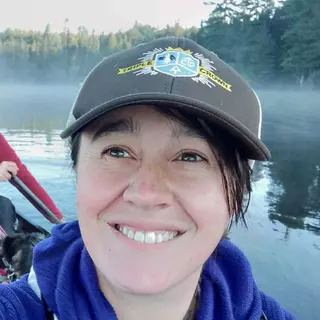How to Find the Best Campsite in Algonquin Park
Posted on: Wednesday February 17, 2021 Canoeing
Over the past few months, I’ve learned a lot about the type of articles I can sell to outdoor websites. Titles like this one do well. Guides to both simple and complicated outdoor skills are easy. Sometimes, long, descriptive stories of my adventures are published. I am pretty sure if I pitched an article listing the campsites I love in Algonquin Park, it would sell.

But I don’t want to. Last summer, we watched our favorite local park become overrun. I loved seeing people get outside. That’s part of why I like writing about the outdoors: so people can have the confidence and the skills to go on amazing adventures. Canada already has too much gatekeeping in its outdoor spaces. Provincial and National parks are incredibly expensive, and permits can be hard to get. Crown land campsites are free, but locations are a closely guarded secret. Outdoor gear, expensive world wide, is even more pricey here. It was great to see so many people discover the outdoors despite these challenges, but it also came with some huge problems.
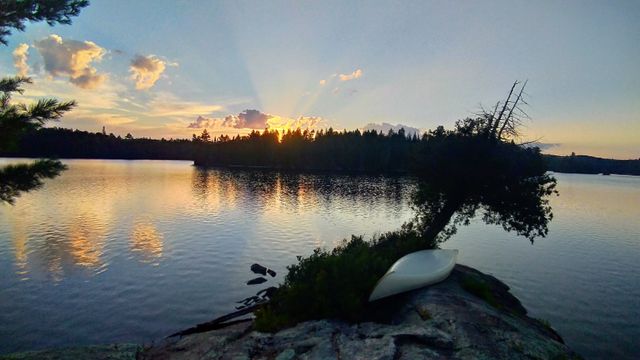
Shake ‘n Bake and I put out two unattended campfires this summer. We packed out pounds and pounds of trash. We saw beautiful campsites marred by chopped down live trees. Popular campsites were overused. We circled lakes that should have been empty searching for an unoccupied campsite. We saw so many people completely disregard Leave No Trace principles. This isn’t necessarily the fault of new campers. Parks didn’t step up education efforts to protect the park. We didn’t see a single ranger all summer. There’s no poster with LNT ethics at trailheads. Maybe that will be better this summer, when new campers have had time to learn more about their new hobby. But until then, an article funnelling people towards the best campsites will only increase overuse issues.
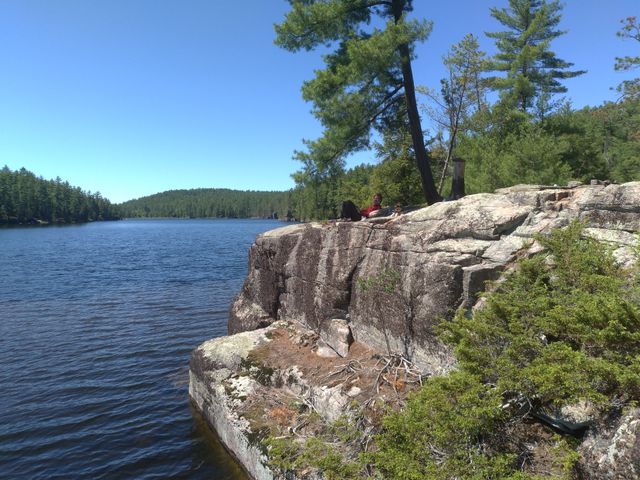
That doesn’t mean I don’t have tips to share. In Algonquin Park, you don’t book a specific spot. You book a lake, and can camp at any free site. One of my favourite things about Algonquin is exploring, and discovering beautiful campsites. Follow the below advice and you too can find your new favourite campsite.

Check Your Map
You can’t always pick the best campsite from a topo map, but it does give you some great ideas. Islands can be hit or miss- some are open and only have scraggly trees, offering no protection from storms. Some are quiet and well forested, giving you your own little paradise. Spits of land are often good. They often feature rocky ledges, which gives you a great place to sit and watch the sunset. You’re more likely to catch a breeze on a peninsula, which helps with ferocious bugs.
Find Some Solitude
Lakes with a single camp spot are dotted throughout Algonquin. Of course, you run the risk that the lone spot is swampy, marshy, or just ugly. But sometimes you luck out. And you’re guaranteed the entire lake to yourself.
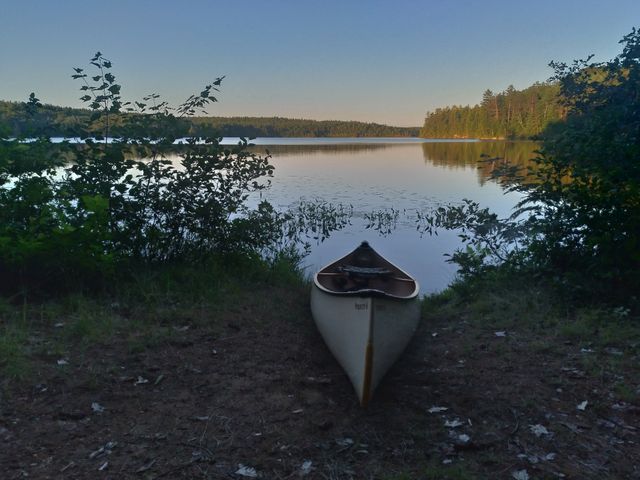
Portage
Lakes around jump off sites are busy. Every single portage decreases the number of people around. Both multiple short portages and a single long one will put off many people, so you’re more likely to have the pick of the best campsites at your final destination. Most maps of Algonquin Park also list if a portage is maintained or unmaintained. Unmaintained portages can be a challenge, with difficult navigation and plenty of blow downs. But you’ll be guaranteed an adventure with far fewer people around
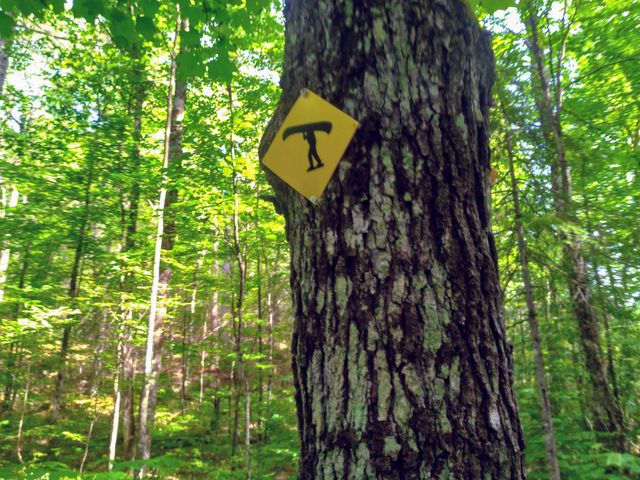
But Don’t Camp on a Portage
Portages often have a campsite either on them or close by. These campsites can be great if the lake is a “dead end” and doesn’t link to any other lakes. But you can also find yourself with people traipsing through your campsite all day as they complete the portage. If you’re looking for a quiet spot, stay away from portages.
I hope you have as much fun exploring Algonquin Park as we do. If you’re newer to canoe camping, don’t forget to learn the Leave No Trace principles before you go.
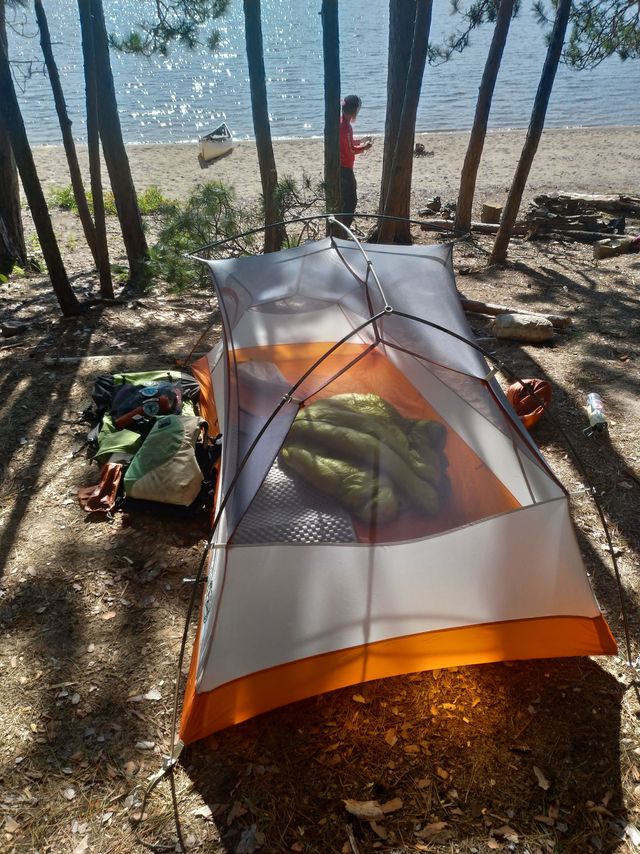
Blogs by Category
Thank you for your comment! It has been received and should show up here once it's approved.
Comments
None yet
